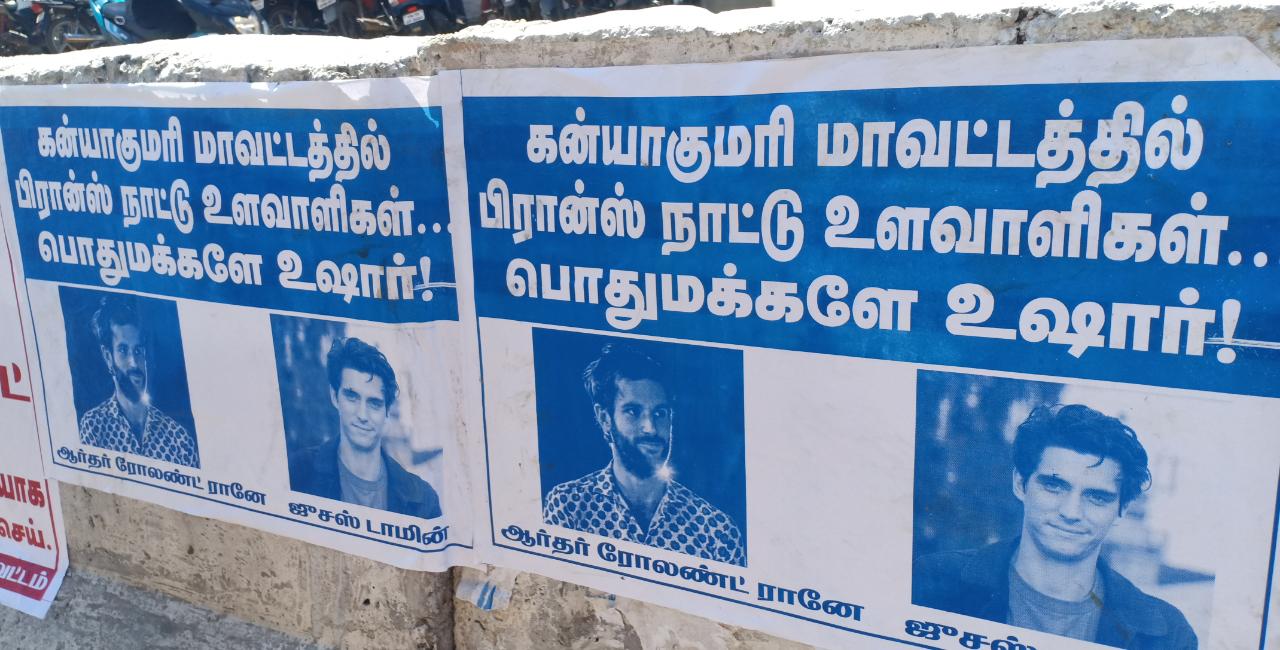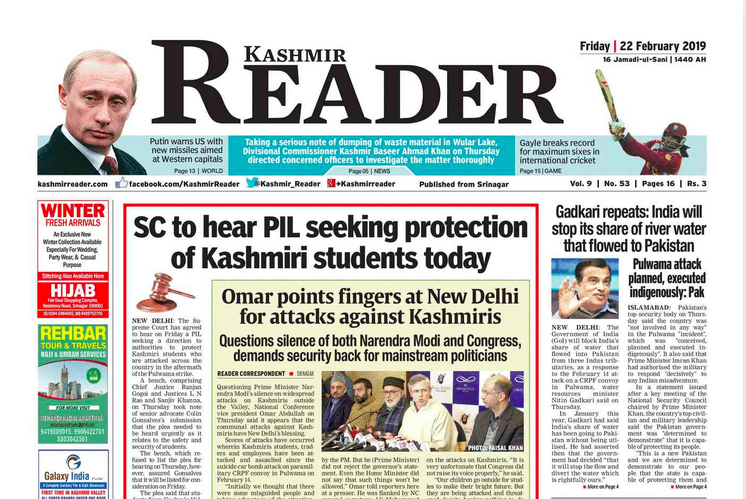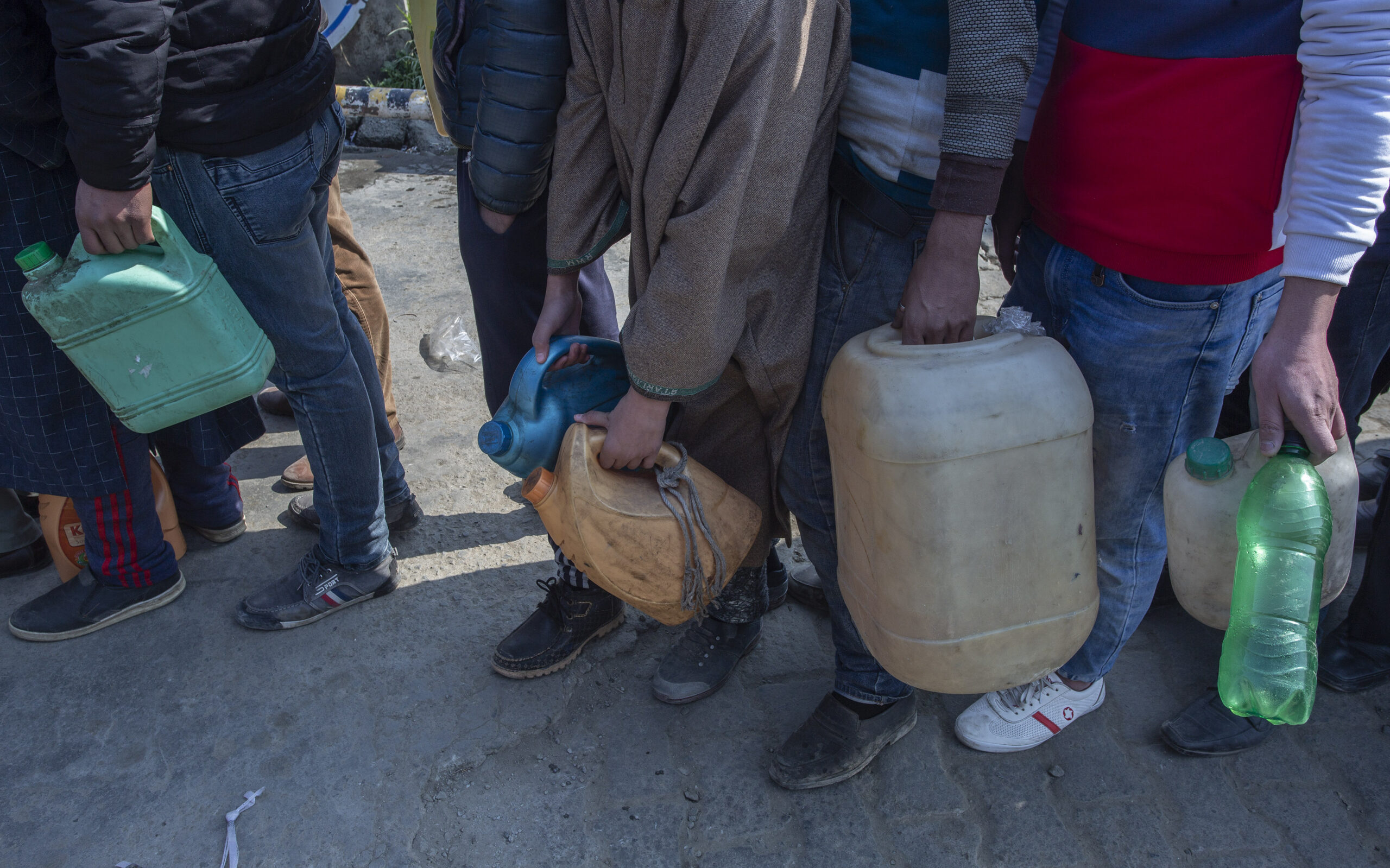Field Notes: ‘Aap bhaag sakti hai na? You can run, right?’
Last Updated on November 3, 2024 by freespeechcollective
“That reporting now needs prior permission, and is guided by district authorities is a worrying measure of our democracy. ” Sabah Gurmat’s account of government attempts to restrict access and control narratives of violence and administrative failure in Haldwani is disturbing. Republished from Article 14 with permission.

“We’ll figure something out. But please sports shoes pehenkar aana, notebook-bag vaghera bilkul mat laaiyega. Aur aap bhaag sakti hai na?” Please wear sports shoes, do not carry your notebook and bag. You can run, right? That was a local source in the southeastern Uttarakhand city of Haldwani, trying, over a late-night phone call, to ensure I was prepared for my assignment—to meet the people of the tense, locked-down Muslim neighbourhood of Banbhoolpura, six days after riots by Muslims had led to the death of five in police firing. The riots had erupted after Haldwani’s officials had demolished a mosque and madrasa even though the case was in the high court, which had fixed 14 February 2024 for the next hearing, the same day I had tried and failed to enter Banbhoolpura, the epicentre of the violence. It was the same day I sought help from my source, who agreed to help on the condition that I protected his identity. The caution was understandable. Haldwani and Uttarakhand, a state called dev bhoomi or home of the gods, had never seen such violence, brought to a head by a steady, drip of Islamophobia and fake news, spread by Hindu monks, local media and chief minister Pushkhar Singh Dhami, who has blamed Muslims for love and land jihad—conspiracy theories floated by Hindu extremists—“population imbalance” and changes in demography. Banboolpura had been under curfew since the night of 8 February, and before trying to go there, I’d spoken to many journalists, who said police had stopped them from entering. The main entry point was cordoned off by police barricades. During my time in Haldwani, especially while talking the families of those who were shot dead, I had flashbacks of 2019 in the neighbouring state of Uttar Pradesh (UP), where 22 protesters were killed in alleged police firing during protests against India’s controversial, new citizenship law, the Citizenship Amendment Act (CAA). I couldn’t help but think how even four years later, none of those families received justice. As it happened in UP then, police detained several local Muslims in sweeps through their neighbourhoods, allegedly detaining them in arbitrary fashion. After the Haldwani riots, the Uttarakhand government has laid the groundwork for a law to recover damages from rioters, a play-by-play recreation of what we saw in UP. Yet, it felt as if things had only gotten worse, that there was a greater hostility to reportage and fact-finding. UP during the anti-CAA protests saw several reporters, lawyers and factfinding teams document the violence and death. In contrast, Haldwani in 2024 seemed barren. Fewer media covered it, and mention from Opposition parties was muted. No Rahul or Priyanka Gandhi or Akhilesh Yadav or their equivalent went to the homes of bereaved families, and most importantly, journalists were dissuaded, intimidated or barred from merely doing their job. There is a “secret” or lesser-known passage into Banbhoolpura, one that proved to be the entry point for journalists and outsiders to make our way in without being stopped by police. On my first day in Haldwani, I tried entering from the barricaded main entry with permission from local police. That did not work, especially since I was a freelancer without press credentials. The next morning, my source and I arranged to enter through this lesser-known, narrow bylane. Mindful of his what-to-wear and what-to-do list, I carried only my phone, and on 15 February he successfully guided me into Banbhoolpura. Once inside, he tersely told me, “Use your full name if the cops catch us, but just say Sabah to locals. And tell the locals you’ve travelled all the way from Delhi to meet them, but tell the police you’re from Nainital if you can.” As he told me this, I recalled my friend and Scroll reporter Ayush Tiwari’s account of how he put some hostile policemen at ease by showing them his upper-caste Hindu last name on his ID cards. Reporting on incidents of communal hate and violence has made me acutely conscious of my own name, which sounds Muslim, compounded by the fact that I have long stopped using my upper-caste Punjabi surname, exactly because of these notional privileges and access that our caste names afford us. In a country where the Hindu right wing went to court—which admitted a petition that many said should have been thrown out—over the “Hindu” and “Muslim” names of lions, simply reporting communal violence brackets you either as a Muslim or Muslim sympathiser, identities that can put you at risk in the new India. A colleague from the Caravan magazine told me how the Haldwani police—using communal slurs for Muslims—asked him why he, as a Hindu felt the need to even go to Banbhoolpura and speak to Muslims. Not for the guardians of the law the journalistic premise of due diligence and speaking to both sides. As I boarded my train to Delhi, I was informed that a delegation of 14 journalists from the Haldwani and Nainital regions had met district authorities, who arranged for them to finally visit Banbhoolpura. One of the senior journalists from this delegation told me that they had been given a “guided tour”, allowed to speak with locals but under the watchful eye of the police. They were taken only to specific areas pre-approved by the administration. That reporting now needs prior permission, and is guided by district authorities is a worrying measure of our democracy. When I wrote about how other journalists were intimidated and harassed while trying to report from Haldwani, at least four reporters made their ordeal publicly known. But I knew of three others who had also been threatened, including a Dainik Bhaskar reporter, who later told me that police even asked her parents’ names and addresses. That not every journalist wished to make their ordeal public—a legitimate concern was not becoming the story themselves—was one thing. But what worries me about these incidents is that the government appeared to be testing the waters, as it were, to see how far it could go in choking the flow of information and controlling the narrative. This is something we have seen in Kashmir, where journalists, hounded and arrested, have been accused of “narrative terrorism”. Haldwani is about five hours from Delhi. If the government tries to control the narrative here, much worse could happen to the media in the future, when another conflagration occurs much further from India’s centre of power. Actually we may not need to go so far. Farmers protesting on the Punjab and Haryana border are enduring an information blockade, as I write this, with internet shutdowns and voices of local journalists blocked on social media. Haldwani is the only the latest ill wind blowing for the free press and democracy in India. You can read Sabah Gurmat’s full story here. |
Related

By Geeta Seshu The visit of the French journalists has snowballed into a major issue in Tamil Nadu. Local BJP leaders have launched a campaign alleging espionage by the journalists. Wall posters came up accusing the Indian journalists of ‘spying’ and Tamil Nadu’s Minister of State for Finance and Shipping, Pon Radhakrishnan, told local media […] Read More

Has the Union government stopped advertisements for two prominent Kashmir newspapers – Kashmir Reader and Greater Kashmir? It appears so, since there have been no advertisements issued to both newspapers for the last three days. There has been no reason or official communication on the stoppage. The Kashmir Editor’s Guild has issued this statement expressing […] Read More

The aftermath of the Pulwama attack has dominated the news media but there’s little attention about how it further exacerbated the crisis in the Kashmir Valley. But how could it, when the messenger was also muzzled, asks Moazum Mohammad. While the heightened tensions between India and Pakistan dominated the news cycle in the two countries, […] Read More
